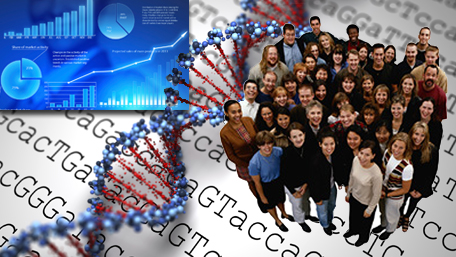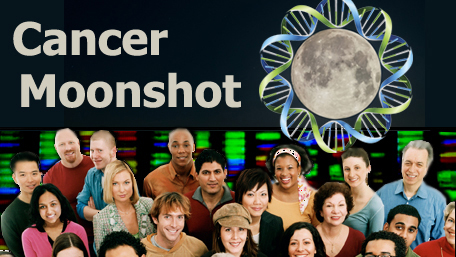Search Results
10 results for rare diseases
A Road Map for Evaluation and Appropriate Implementation of Genome Sequencing to Improve Population Health

This blog is a summary of our recently published paper in PLOS Medicine, and is an update of my 2011 blog on “binning” the human genome. A common vision for genomic medicine is that genome sequencing will be routinely used in health systems to provide health care and preventive services tailored to each individual. For
Posted on byHappy Holidays! Celebrating the Arrival of 2018 and 20 Years of Public Health Genomics!

This December, we are especially excited as we anticipate the dawning of a bright new year. The ebbing of 2017 marks the end of, not just another year, but two decades of public health genomics. Recently we were provided two valuable opportunities to place a capstone on this important milestone. Last month, at the American
Posted on byIntegrating Genomics into Public Health Surveillance: Ushering in a New Era of Precision Public Health

Public health surveillance has been defined as “the ongoing systematic collection, analysis, and interpretation of data, closely integrated with the dissemination of these data to the public health practitioners, clinicians, and policy makers responsible for preventing and controlling disease and injury.” Surveillance provides an essential scientific foundation for both clinical and public health practice. In
Posted on byGenomics and Population Health Action: Join the Collaboration

In February 2017, I attended a one-day meeting of leaders of the Genomics and Population Health Action Collaborative (GPHAC). This group of more than 40 organizations and individuals is dedicated to the integration of genomics into clinical and public health programs to save lives and prevent disease. (Details on GPHAC and its membership can be
Posted on byCan we use genetic screening of healthy populations to save lives and prevent disease? Join the conversation.

On January 30, 2017, CDC held a special workshop to discuss the role of public health in the implementation of genetic screening programs beyond the newborn period. The workshop brought together panelists from the worlds of medical genetics and public health practice, including cancer, birth defects, and laboratory science. Workshop presenters and a CDC panel discussed
Posted on by 6 CommentsThe Cancer Moonshot, Hereditary Cancers and Population Genetic Screening

In September 2016, the Cancer Moonshot Blue Ribbon Panel delivered a report with 10 ambitious recommendations to shape cancer research for the next five years. One recommendation is to “expand use of proven prevention and early detection strategies.” [PDF 199 KB] There is a lot we can do to prevent cancer now— even with no
Posted on byFive Misconceptions About the Role of Genomics in Public Health

In a recent post, I reviewed the progress of genomics in public health over the past two decades and pondered on the lingering skepticism about genomics in the public health community. I propose that this skepticism is driven, at least in part, by 5 common misconceptions about the role of genomics in public health. In
Posted on by 1 CommentGeography, Genetics and Leading Causes of Death

In the United States, the 5 leading causes of death are heart disease, cancer, chronic lower respiratory diseases, cerebrovascular diseases (stroke), and unintentional injuries. On May 2, 2014, the Centers for Disease Control and Prevention released an MMWR report on the annual number of potentially preventable deaths from these 5 causes in the United States.
Posted on byPublic Health Genomics Highlights 2013

At the end of each year, we read about top lists of major events, accomplishments, and milestones. These lists are produced by journal editors, institutions and opinion leaders. CDC is no exception. In December 2013, CDC published its top 5 accomplishments for 2013, which include the Tips from former smokers campaign, outbreak investigations featuring pathogen
Posted on byGenome Sequencing in the Clinic – The question is not whether the glass is half-full or half-empty but whether or not the glass is the right tool.

Earlier this fall, the Blue Cross Blue Shield Technology Evaluation Center produced a report evaluating the clinical use of exome sequencing in the diagnosis of rare diseases. That this report was even generated is remarkable, as it marks an appreciable level of penetration by exome sequencing into clinical care. A decade ago, sequencing and interpreting even
Posted on by